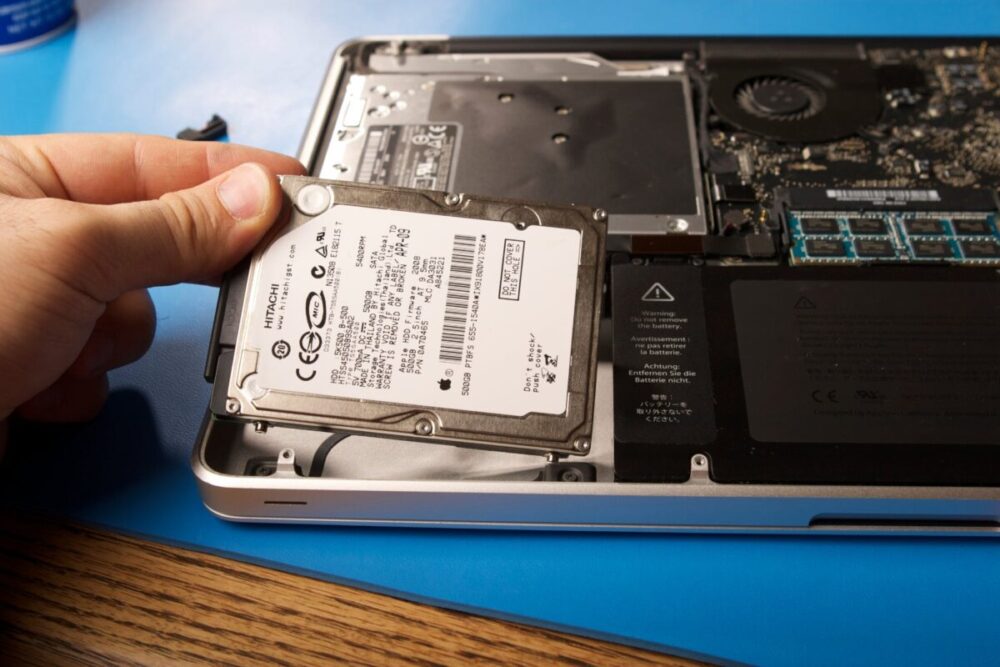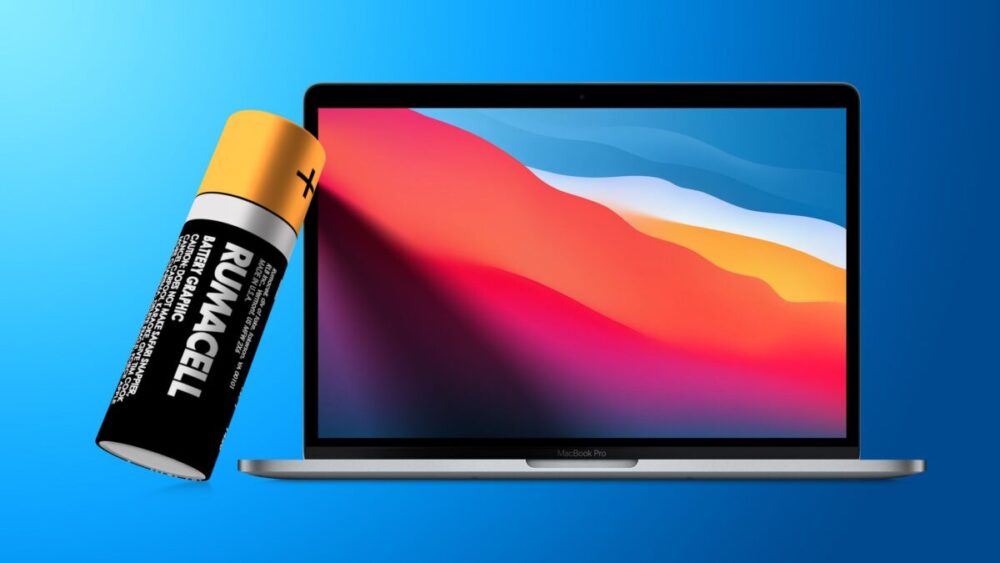When people prepare to sell a MacBook, they often assume that age and cosmetic condition are the main factors that determine resale value.
While those details certainly influence pricing, buyers and trade-in companies look much deeper.
Three hidden metrics—serial number data, battery cycle count, and SSD health—play a huge role in how your MacBook is assessed, priced, and trusted in the marketplace.
These technical attributes reveal the machine’s history in a way appearance alone never can.
Understanding how these metrics are interpreted allows sellers to present their device transparently, avoid value disputes, and anticipate what the buyer or evaluator will discover.
It also helps you position the listing strategically. A MacBook that appears well-kept but hides a failing drive or unusually high battery wear will almost always raise questions.
Conversely, a machine with moderate cosmetic wear but strong internal health often sells faster and with fewer price negotiations.
Anyone planning to sell MacBook hardware at a fair and competitive price should know exactly how these deeper signals influence buyer confidence.
Let us take a look at the most important things you need to look at when selling a MacBook.
Serial number: the machine’s entire identity captured in one code

Source: macbookfix.co.uk
A MacBook serial number functions as far more than a printed identifier.
That single string of characters forms a complete technical fingerprint that evaluators can use to uncover manufacturing dates, component origins, warranty milestones, past repair activity and eligibility for particular macOS releases.
Buyers often request it early in the process to confirm that the device hasn’t been modified, misrepresented or tampered with in any way.
A serial number also reveals the exact configuration assigned at the factory. When sellers mention storage size or memory capacity, evaluators can compare those claims against official records to confirm accuracy.
Any mismatch signals potential alteration, part swapping or incorrect advertising, and such discrepancies immediately raise suspicion.
Authenticity plays a major role as well. Counterfeit units and stolen devices frequently carry irregular codes or produce inconsistent results when checked through official databases.
Sellers who volunteer the serial number early show confidence in their listing and reduce hesitation among serious buyers.
Trade-in services rely on this code as the first step in processing. No inspection begins until the system verifies that the serial number matches an official Apple entry.
That validation ensures correct valuation, confirms eligibility for refurbishment and protects both parties against hidden issues. Without that code, no assessment can move forward.
Battery cycles: the clearest indicator of real-world usage
Battery cycle count acts as one of the most influential technical metrics in the resale decision. A cycle is registered once a battery releases the equivalent of its full capacity, even if that depletion happens across multiple partial discharges.
Apple designs modern batteries to maintain roughly 80% capacity for a defined cycle range, usually close to 1,000 on recent models.
Several practical points help buyers and sellers understand what that number reveals:
- A low cycle count often signals steady, restrained usage.
- Charging patterns tend to be healthier when counts remain in the lower range.
- Smaller numbers reduce long-term stress on internal components.
- A well-preserved battery usually indicates consistent care across the entire device.
A unit showing 150–300 cycles suggests remaining longevity and dependable performance.
Buyers usually see that range as a strong sign that everyday runtimes will remain stable for years.
Numbers creeping past 500 introduce doubts: capacity loss becomes noticeable, runtime shortens, and older batteries sometimes influence heat behaviour during sustained workloads.
Sellers benefit greatly from being upfront about battery condition.
Honest disclosure keeps negotiations straightforward and protects both sides from misunderstandings later.
Concealment rarely works, as buyers can access battery data instantly through system diagnostics.
Trade-in platforms automatically record the cycle count the moment a device enters evaluation mode, making accuracy unavoidable. Transparency ultimately results in smoother transactions, higher trust and fewer disputes.
SSD condition: the silent measure of a MacBook’s future stability

Source: macrepair.co.nz
The SSD may not show wear in the same obvious way a battery does, but its health matters just as much. Modern MacBooks use SSDs that are soldered directly to the logic board, meaning they cannot be replaced. When an SSD begins to degrade, the entire machine inherits the risk. That’s why its condition plays a critical role in resale assessment.
Buyers and evaluators look for signs of slow read/write performance, data corruption, failing sectors or unusually high wear levels for the device’s age.
Some SSDs accumulate wear faster when used heavily for video editing, virtual machines or large-scale file transfers. Others age gently due to lighter workloads such as browsing or writing.
Because SSD failure can render a MacBook unusable, evaluators treat it as an essential indicator of future reliability.
A device with a healthy SSD commands higher trust and stronger offers. A machine showing performance degradation often sees reduced trade-in value or gets classified as “parts only” depending on severity. This is another reason why honest pre-sale disclosure is smarter than over-optimistic listings—technical checks will reveal the truth either way.
How these technical signals shape the resale experience
The combination of serial number transparency, favourable battery cycle count and strong SSD health creates a profile that buyers immediately trust.
Listings with these details presented clearly tend to attract faster interest, fewer questions and higher final prices.
The information reduces uncertainty, and uncertainty is the primary cause of hesitation in second-hand tech markets.
Buyers want to avoid hidden flaws, and trade-in companies want predictable refurbishment costs.
When you provide the details that matter most, you shift the conversation from suspicion to confidence.
A MacBook with clear documentation often sells quicker than one with vague descriptions, even if both machines are identical in reality.
For anyone planning to navigate the used market successfully, understanding these deeper health indicators is essential.
They tell the true story of the device—not in cosmetic impressions, but in quantifiable, verifiable data that reflects its actual lifespan and usability.
When presented properly, these metrics not only protect buyers but also help you justify your asking price with confidence.





















